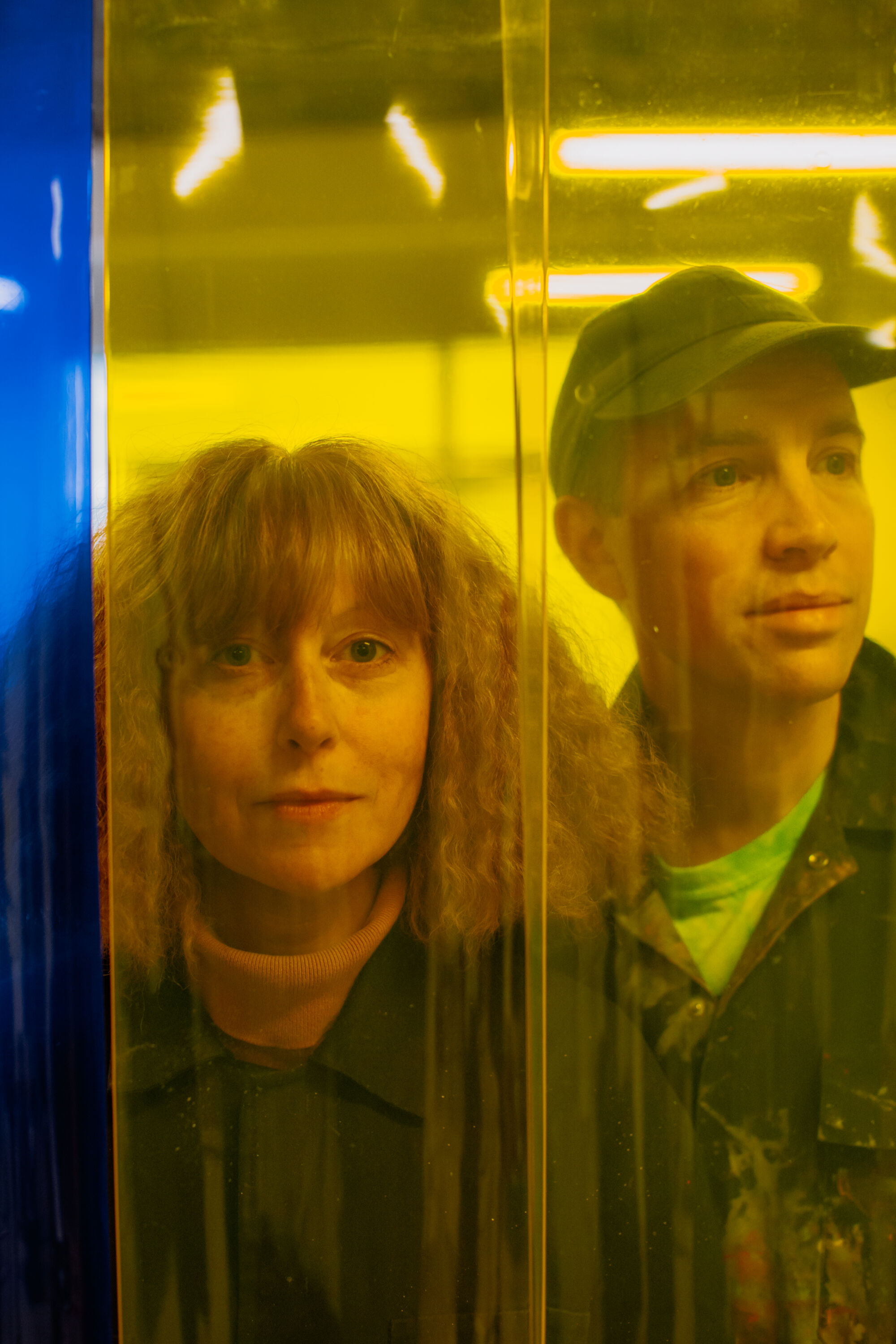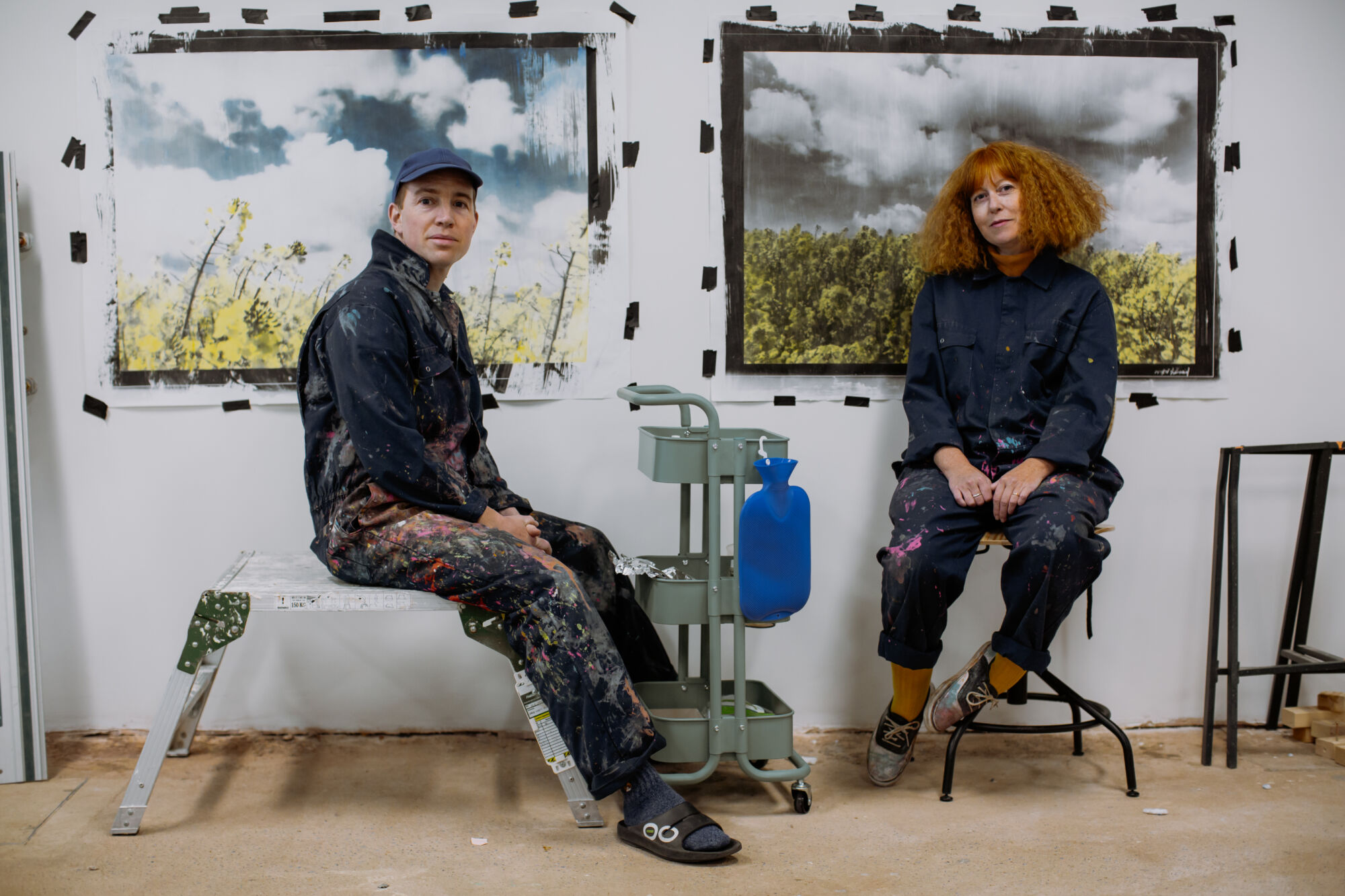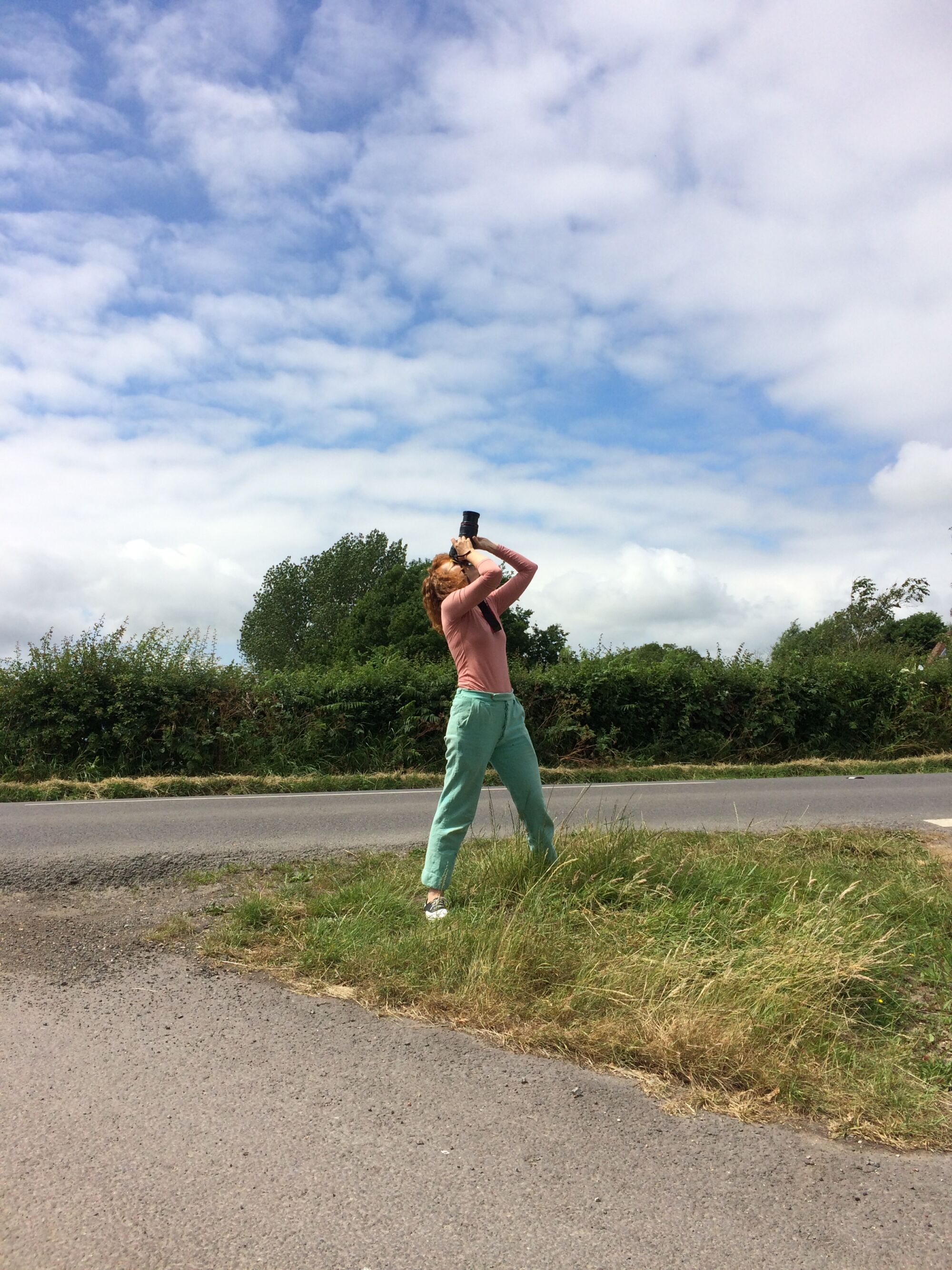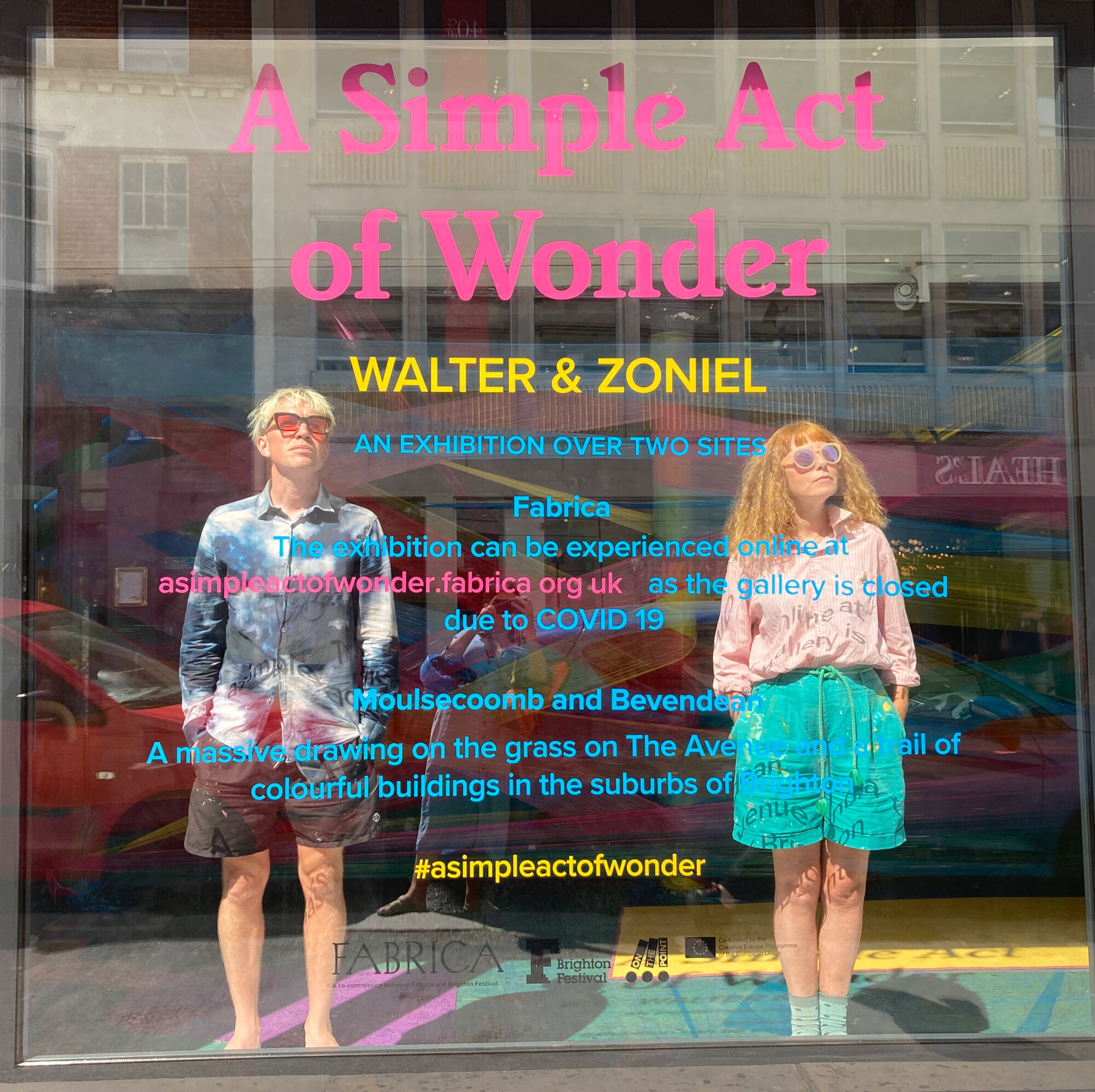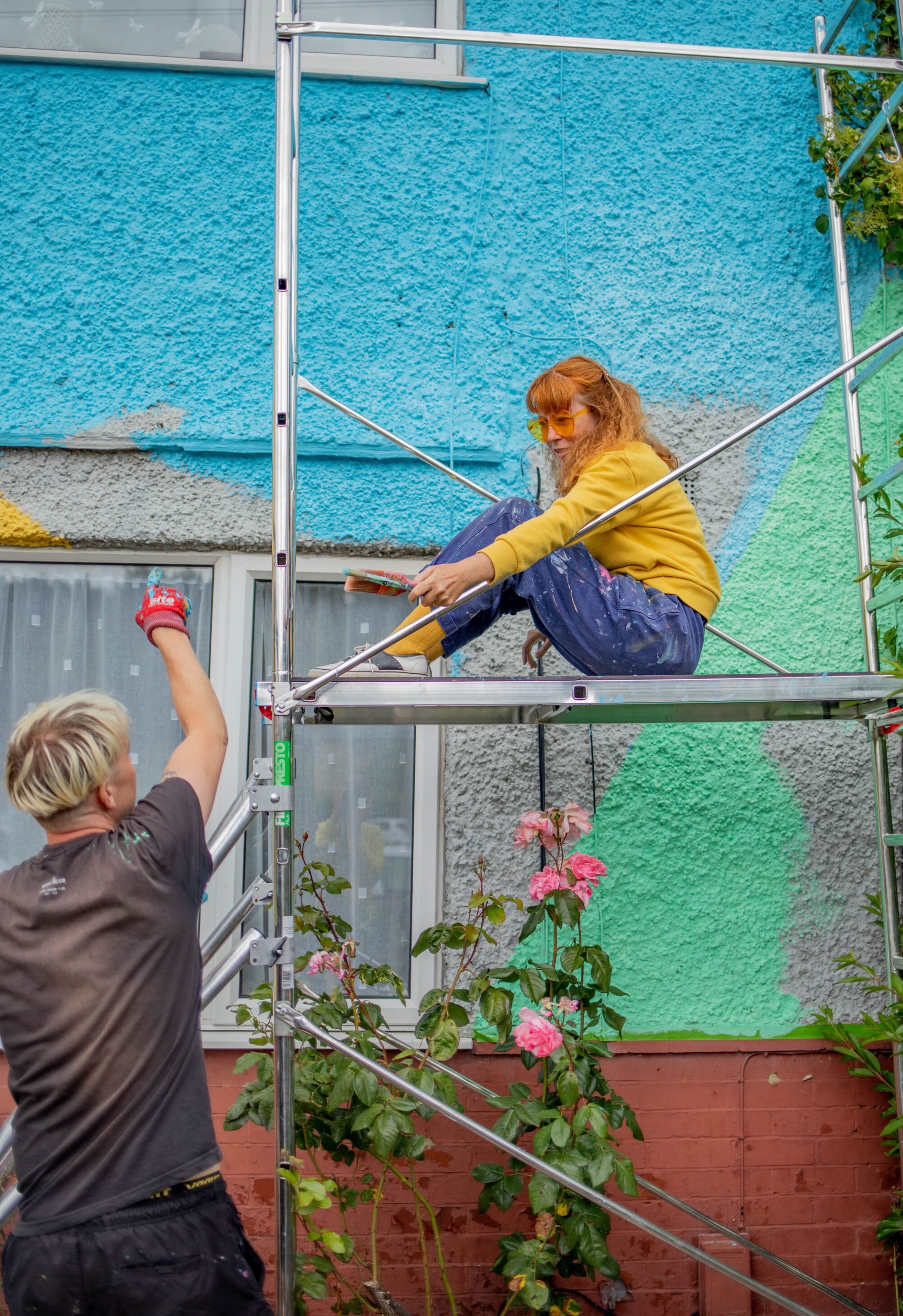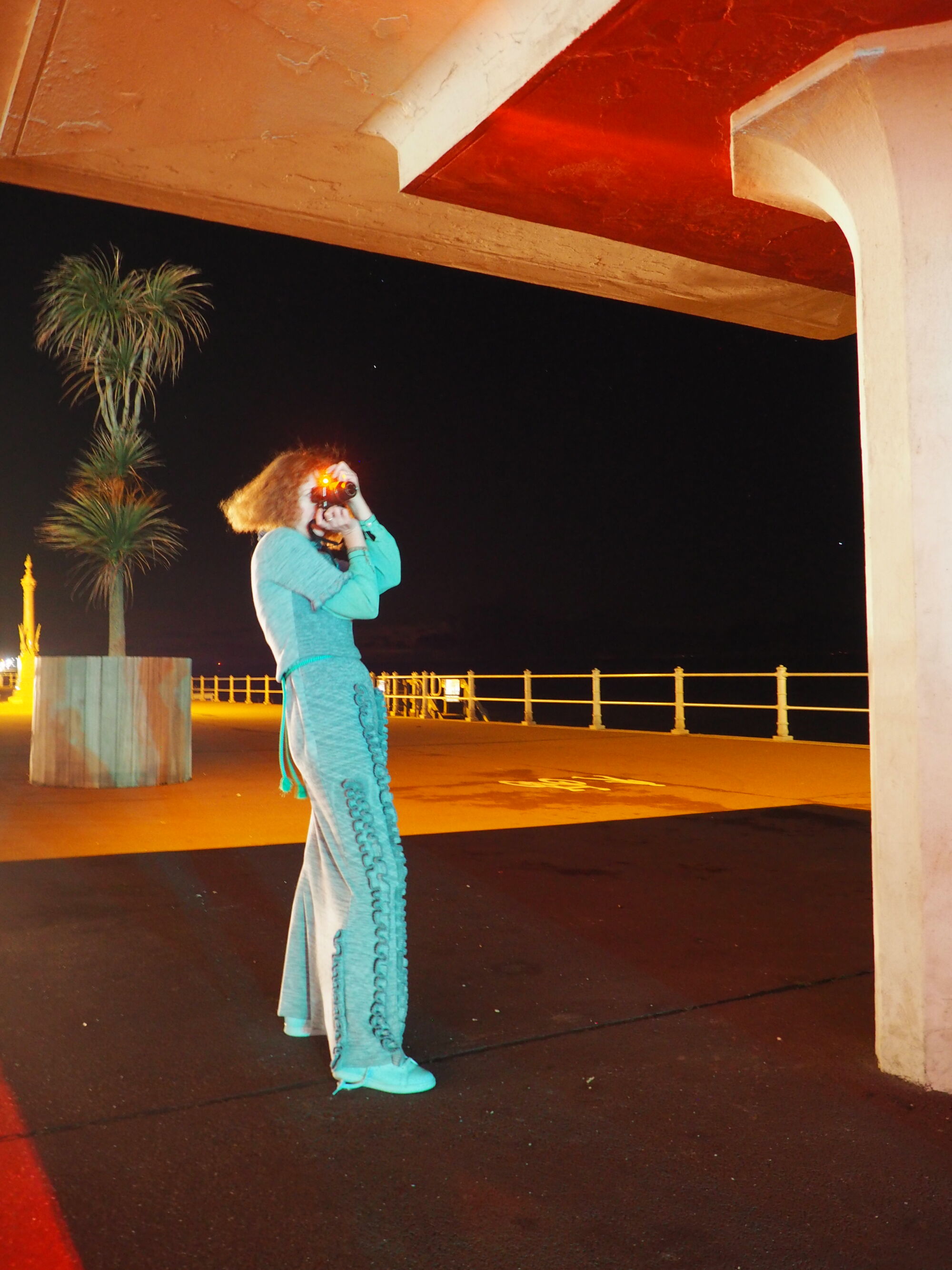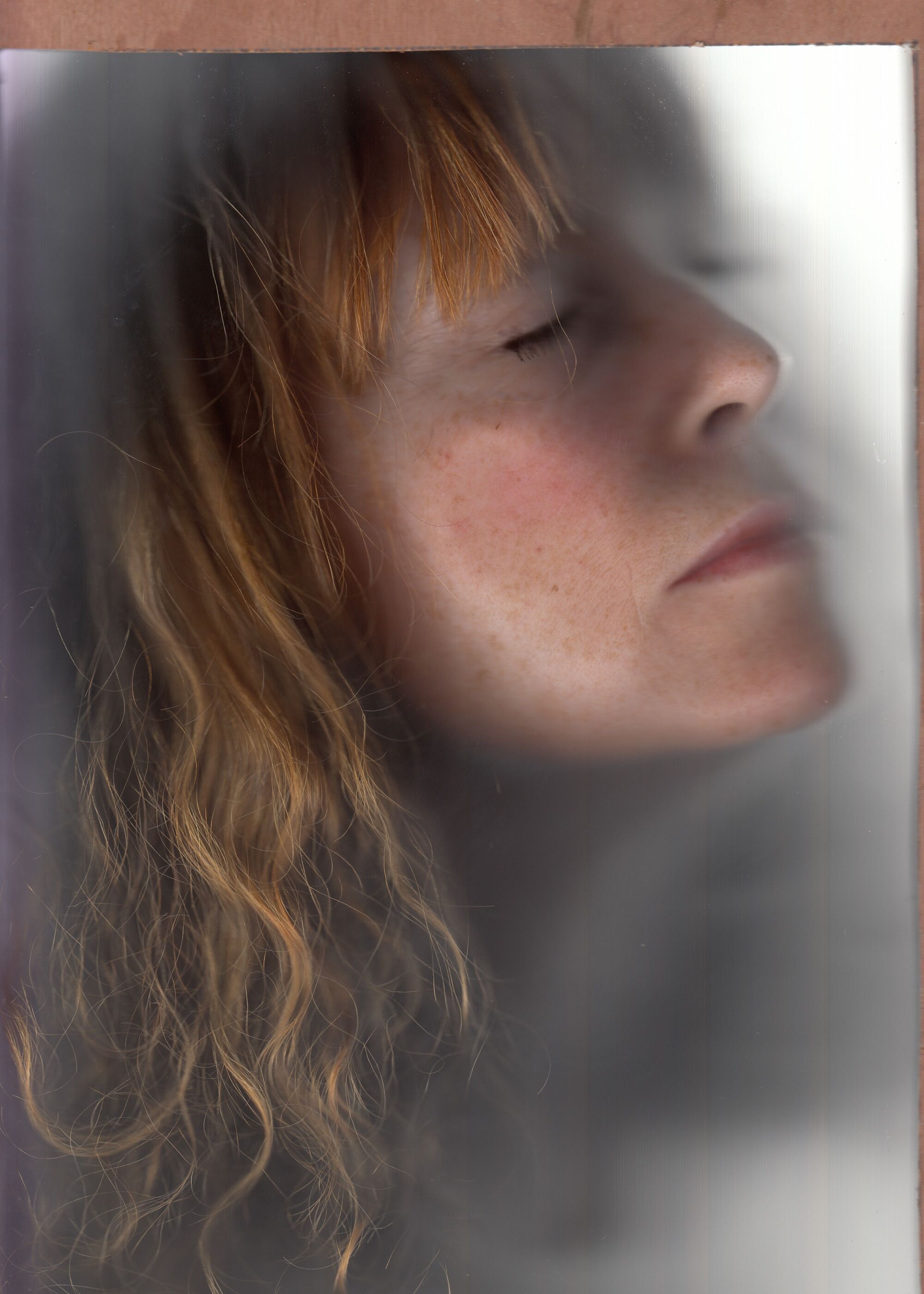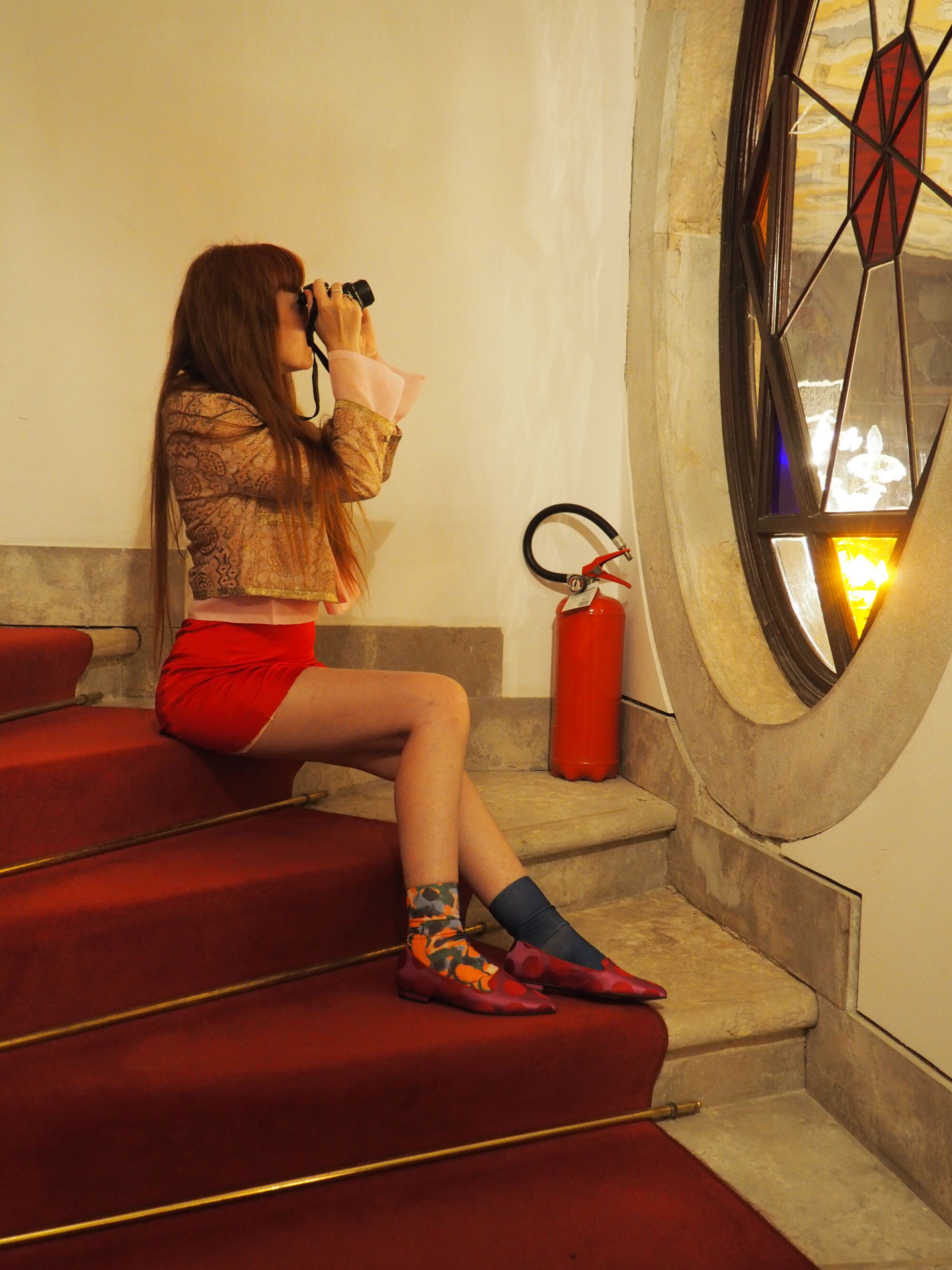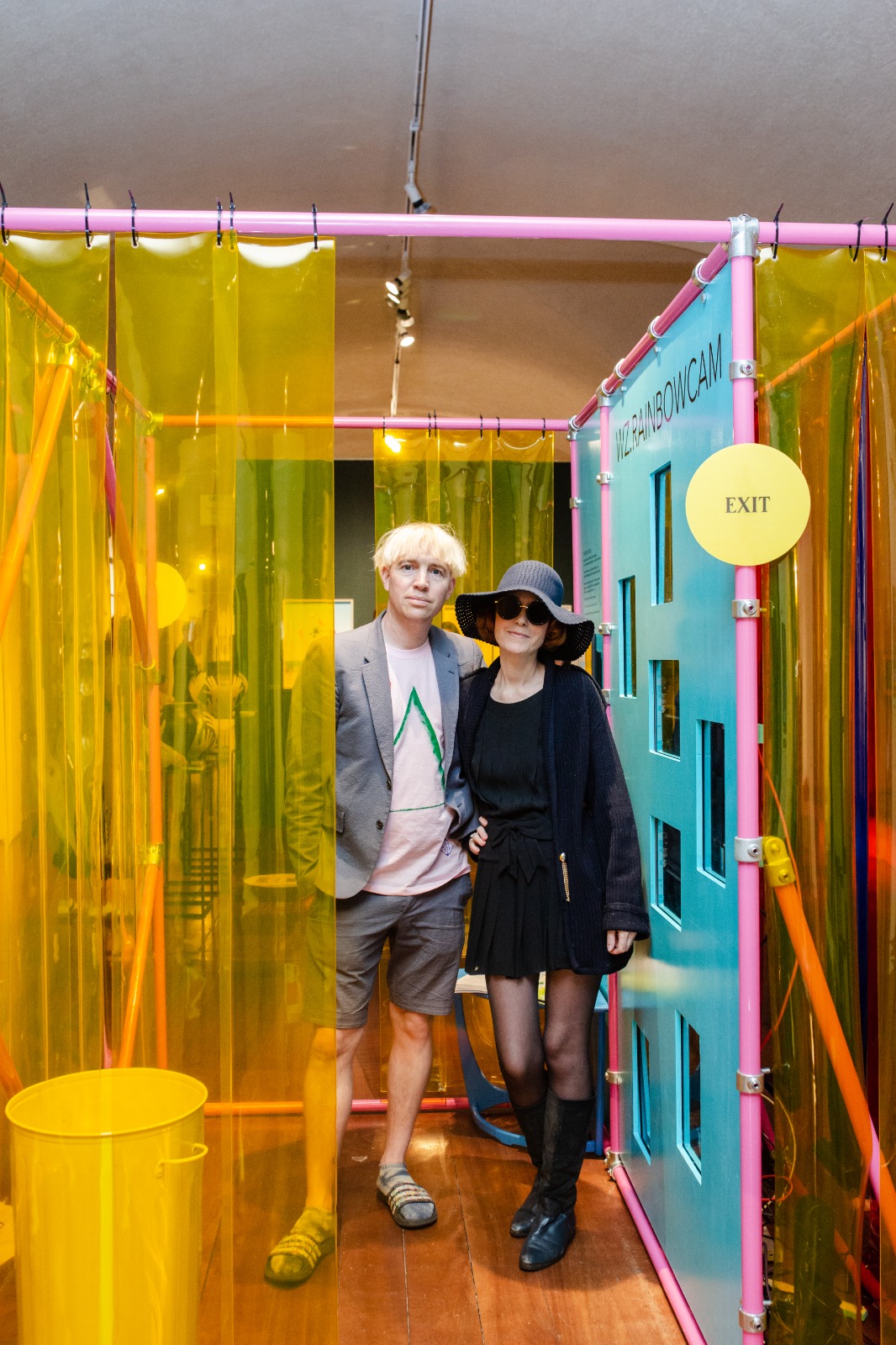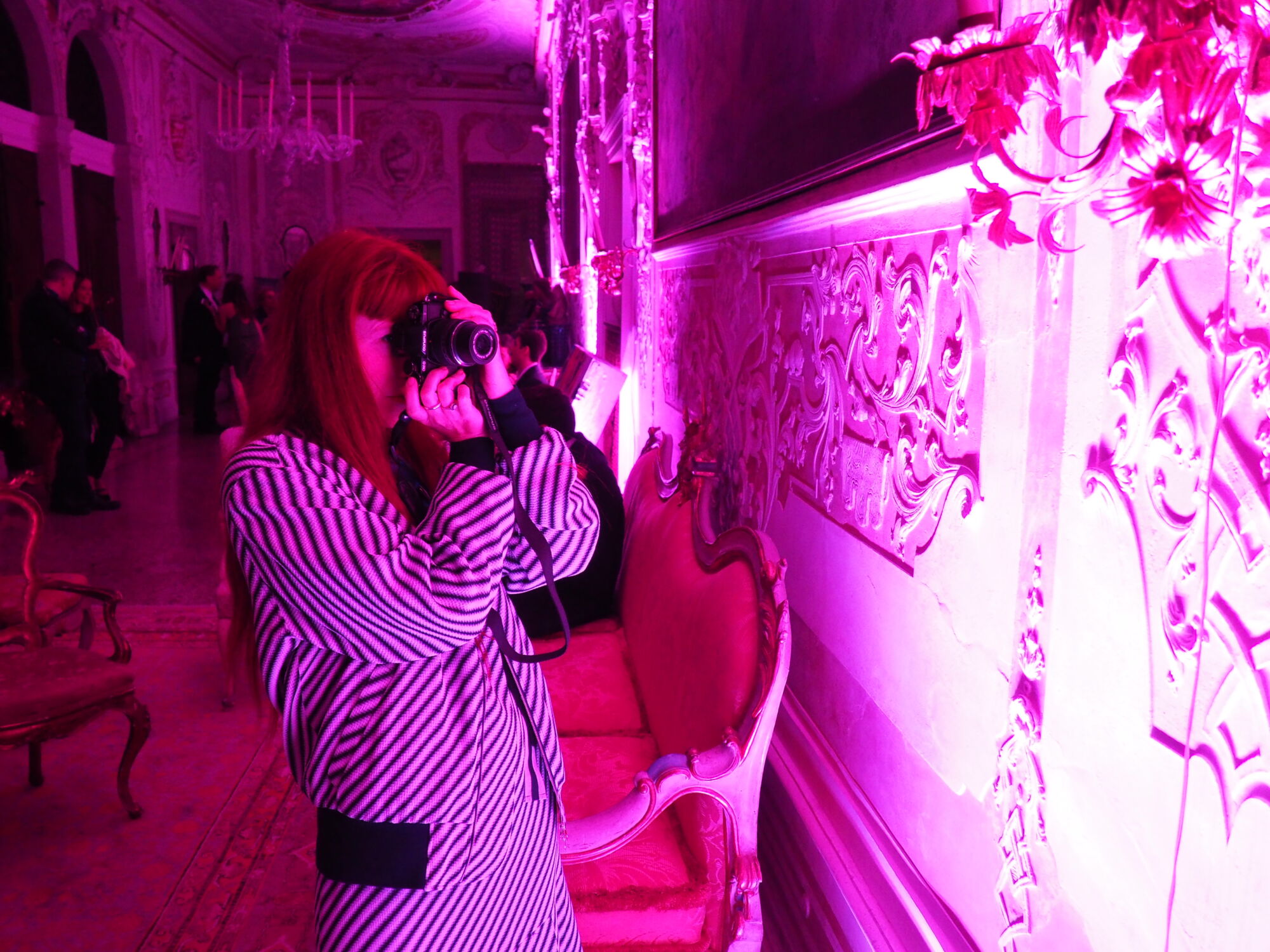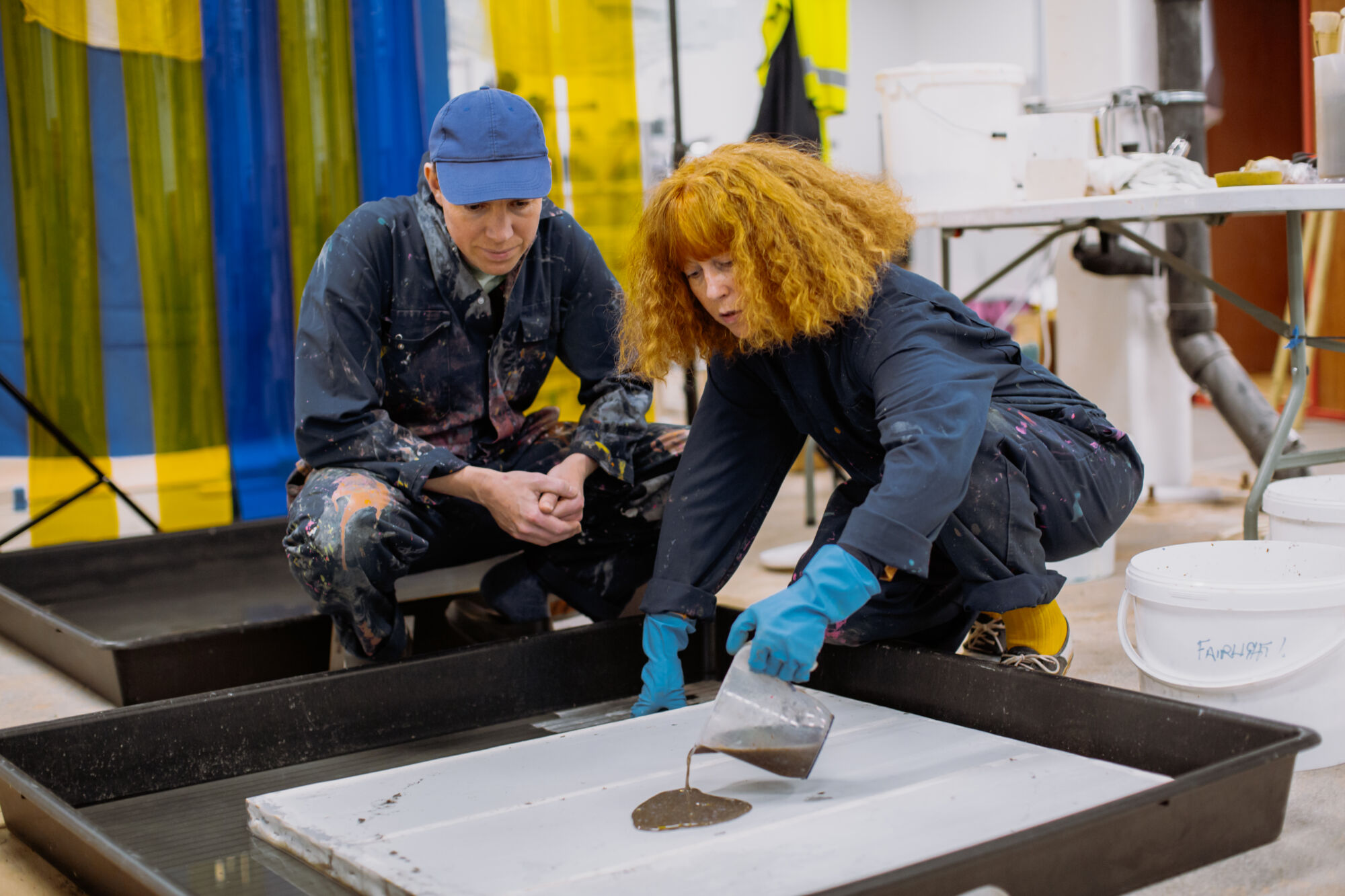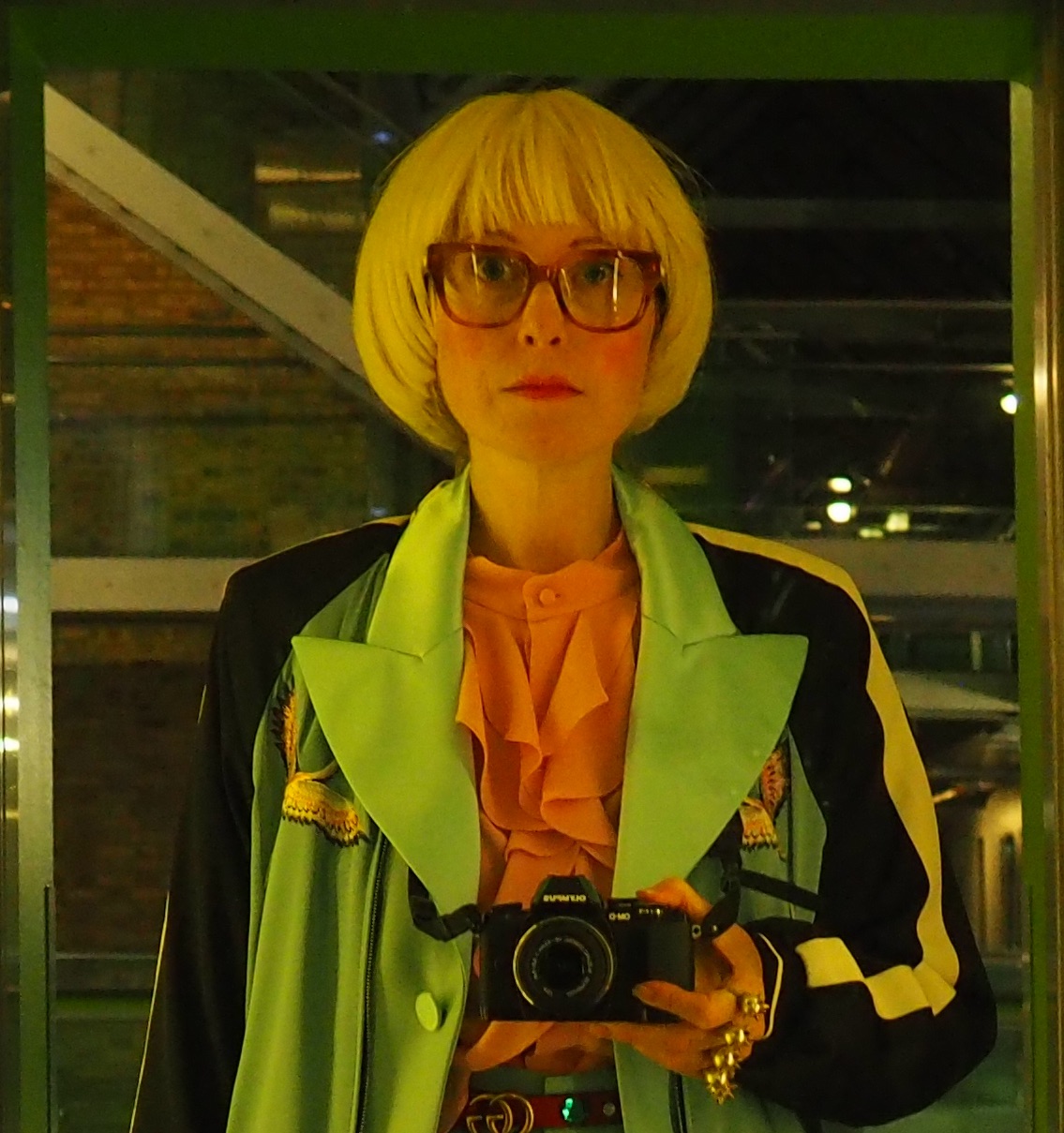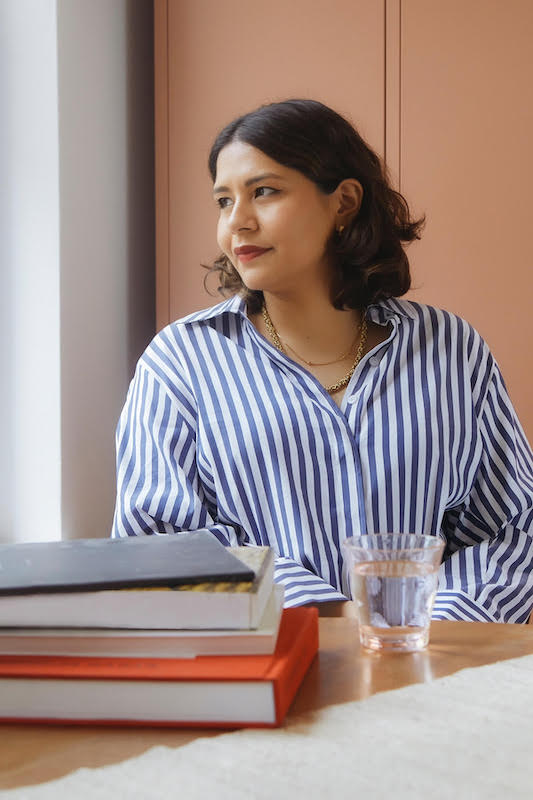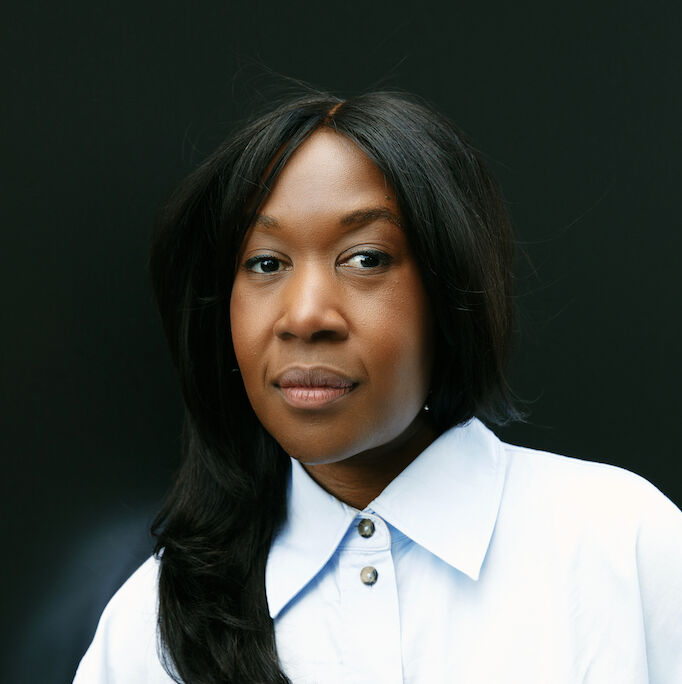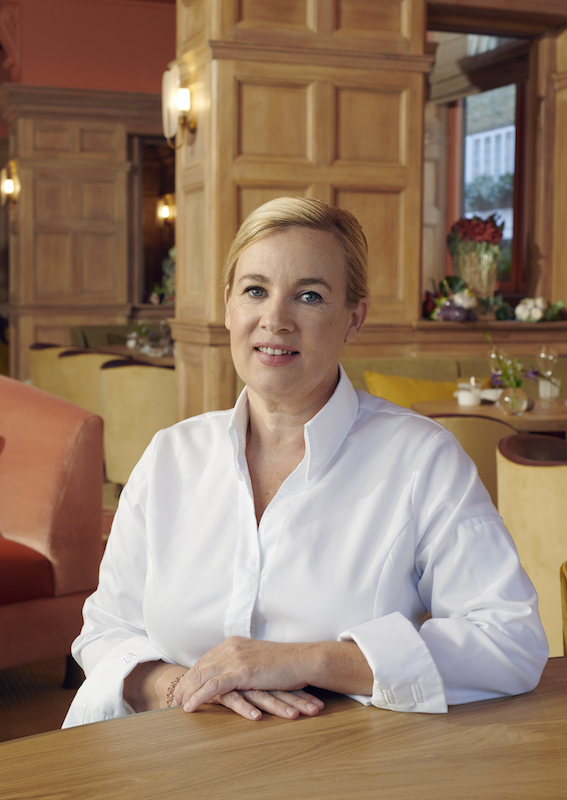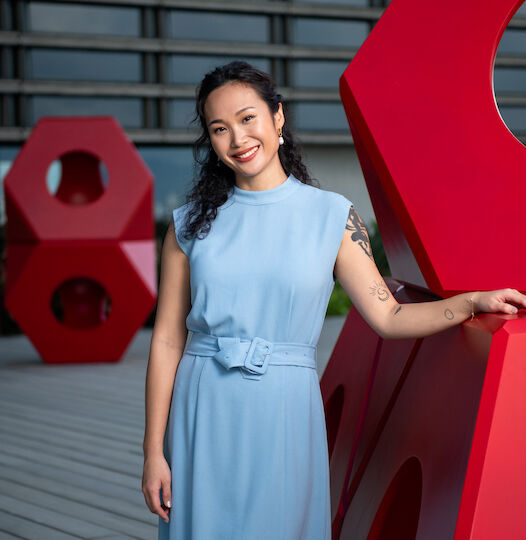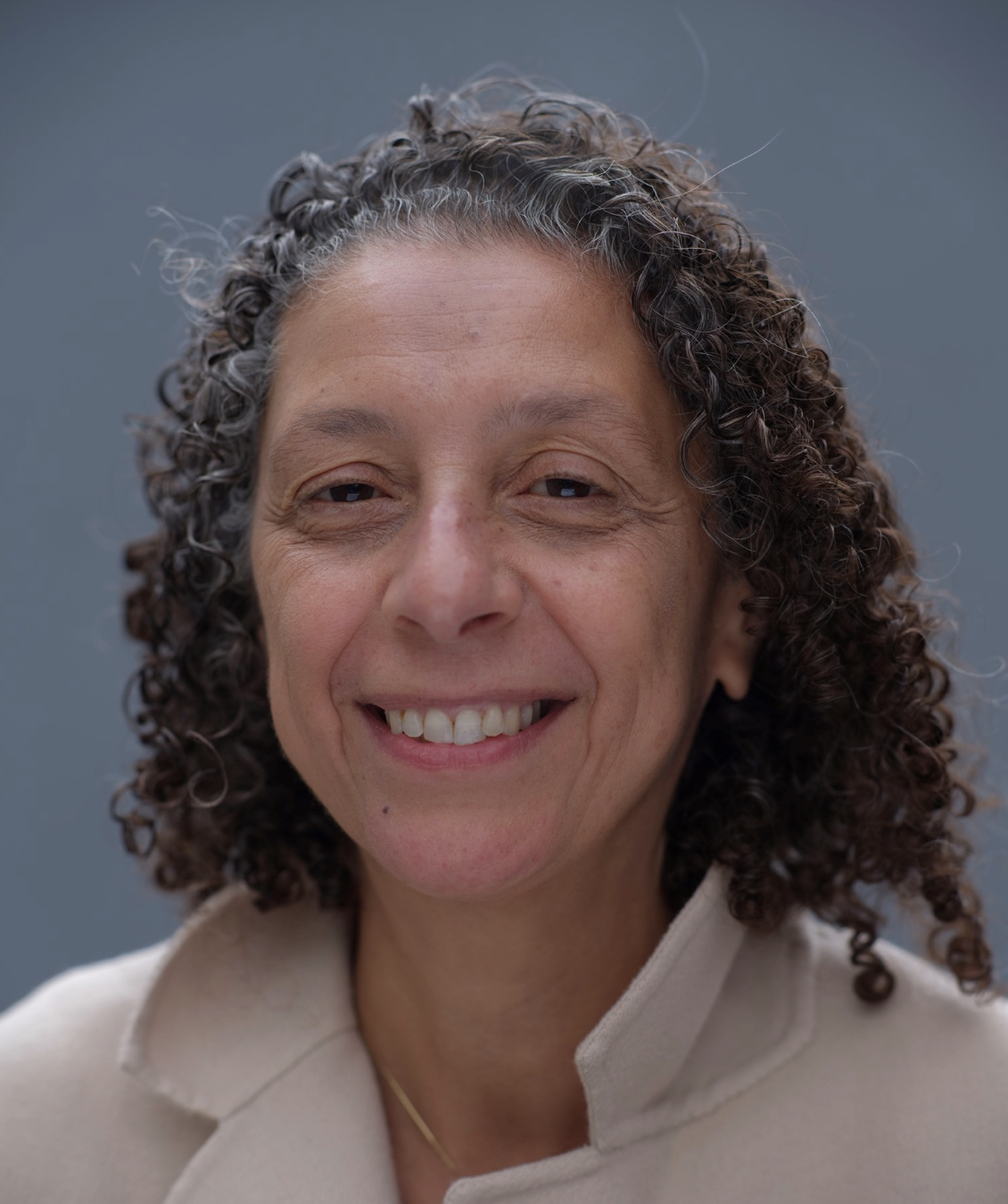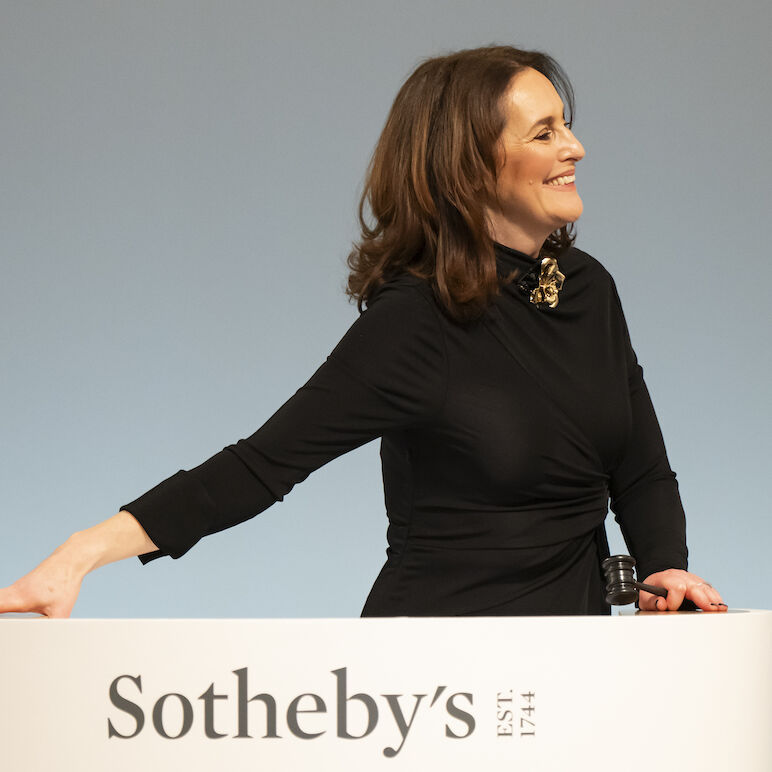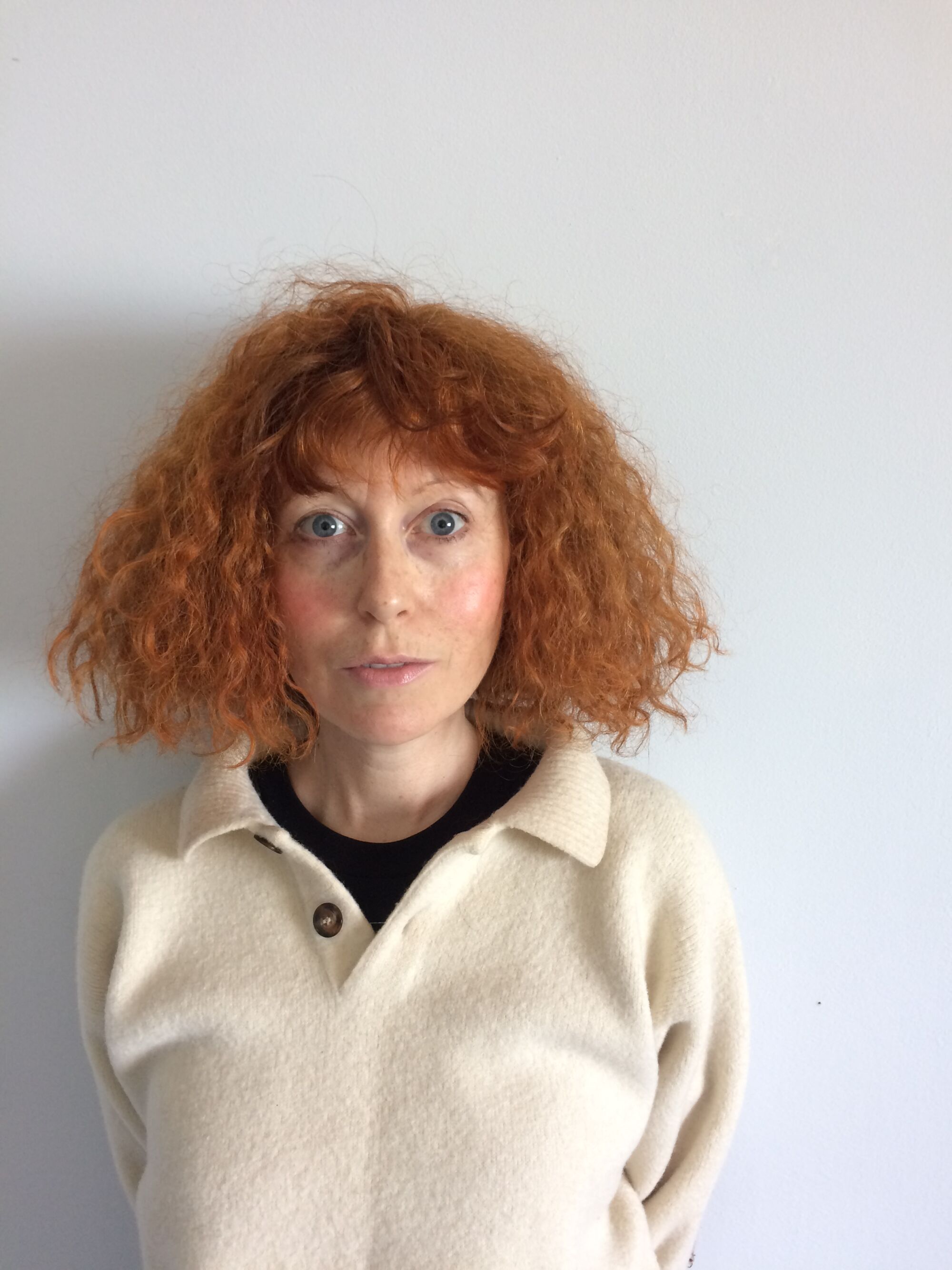

Interview Zoniel of Walter & Zoniel
Here, Zoniel shares what’s next in the pipeline for them and what they’d like to see from the art world in general.
THE WICK: Talk us through a typical Monday.
Zoniel:
I don’t actually have a ‘typical’ any day, due to the nature of our work. Mondays, though, are often a day for us to relax, as we tend to work through the weekend as there’s no need for us to adhere to a weekly format.
Most days I wake up at 4-4:30am. I’m always woken by inspiration, it’s the time when my mind is often flooded with ideas or solutions to processes we are creating. That time is very energetic and I will write down or draw out any plans that are in my head and research ideas further.
When I get up, I rarely speak until I’ve practiced. I make a cup of cacao, then do my meditation practice for about an hour. I find practicing in the morning is essential, I was taught in a monastery as a child but only kept a daily practice since I was ordained as a Buddhist nun when I was 19. I liken meditation to a mental version of having a shower or brushing your teeth. You could get away without doing those things but you just wouldn’t feel as fresh for the rest of the day.
After that it could be absolutely anything. Our work is so varied, installations require so much planning, being on the computer, researching, calling people. Our creative processes could be building a giant camera, making tools to create new work, driving round chasing clouds to take pictures of, doing research with local communities.
I like to get some time outside, either walking our dogs on the cliffs or the beach. The sea is a great source of inspiration and usually I spend some time by it or in it each day.
TW: You work collaboratively with your partner, Walter. Tell us about this process.
Z:
Walter and I spend the whole time together. We live in our own bubble, a world of our own creation, which makes it simple for us create together. We don’t have specific roles that either of us do, we just work project by project on whichever element has inspired each of us.
We tend to work in a way that we have lots of ideas bubbling about and we’ll think of an element of an artwork together, which may be the process or the concept. We’ll pull it apart and let it sit for a bit and then there will be a moment when another element is introduced and the whole idea comes together. That’s when the journey of creation starts to unfold clearly and very rapidly. It’s very fast and intense.
We work on a number of projects at the same time, process based and installations. This enables us to keep the flow of inspiration pretty continuous as we can flit between works if we need to refresh.
We are very similar and also very different and that is key to us working so well together. if we just thought the same way, our work wouldn’t be as expanded or as interesting as it is. We enjoy pulling our concepts apart and looking at them from all angles until we find what the essence of what we’re connecting to is. It’s analytical but primarily deeply intuitive. We kind of enter a zone together where everything just flows and it’s the most wonderful place in the world to be.
We have intensely analytical minds, but in very different ways. Walter has a measured practicality but also a wildness to his creativity, he may focus, focus, focus and then he wants to break free. I have a much more abstract and instinctive way of thinking, but I find efficiency so delicious that I’ll analyse things and play with them until I come up with the most satisfying ways for us to create. I feel like our artworks are an emotional mathematical equation, and I won’t sleep until the equation is solved, there’s always a moment when everything clicks into place. Problem solving is a really big part of our creative process as we’re generally creating something that’s never been done before.
When it comes to installations, we have to plan so much and though we both do that, Walter maybe takes on more of the literal elements of that, I focus primarily on the experiential side. I want people to experience the work in a way that is fully immersive so we put a lot of thought and practice into working out how we can achieve that.
We both get so involved when our installations are live, we’ll invariably lose our voices from talking to participants so much. It feels like a blessing that we get to share in these supremely joyous moments with people. It’s completely addictive, all we want to do is create more and more euphoria.
TW: It’s been said that you explore humans’ innate connections with each other and the universe. How do you begin to approach a subject matter of this size?
ZB:
That can be quite a complex way of describing what is essentially energy and being human.
The thing about this subject of energetic connection and the human condition is that it is innate, it’s within everything around us. The subject is as micro as it is macro. I can see why it may seem like a massive subject to deal with but we don’t feel like that at all. It is our lives; it is our existence upon this planet. In our minds, that is the only important subject. The purpose of art, to elevate us and connect to that energy, to the sublime, that’s what inspires and drives us to create.
The essence, of energy, of being, is hidden in plain sight in everything that you touch, feel and see, that’s our driving creative force. Our work however, may reach people in an entirely different way and they make their own connection on a literal or practical level, that’s their relationship and their experience.
A key part of our practice is a meditation upon energy and you can label it mysticism, science, spirituality, life-force, it’s all the same thing. Having daily meditation practice keeps us tuned into that energy literally and that simplifies everything.
TW: Which work are you most proud of creating?
Z: I don’t really feel a connection to the concept of pride. We create work and then I don’t even feel like it’s ours, it’s just out there for everyone.
“We want art to be as accessible as possible, so we use these means to lure people into doing something that they may not think was ‘for them’.”
